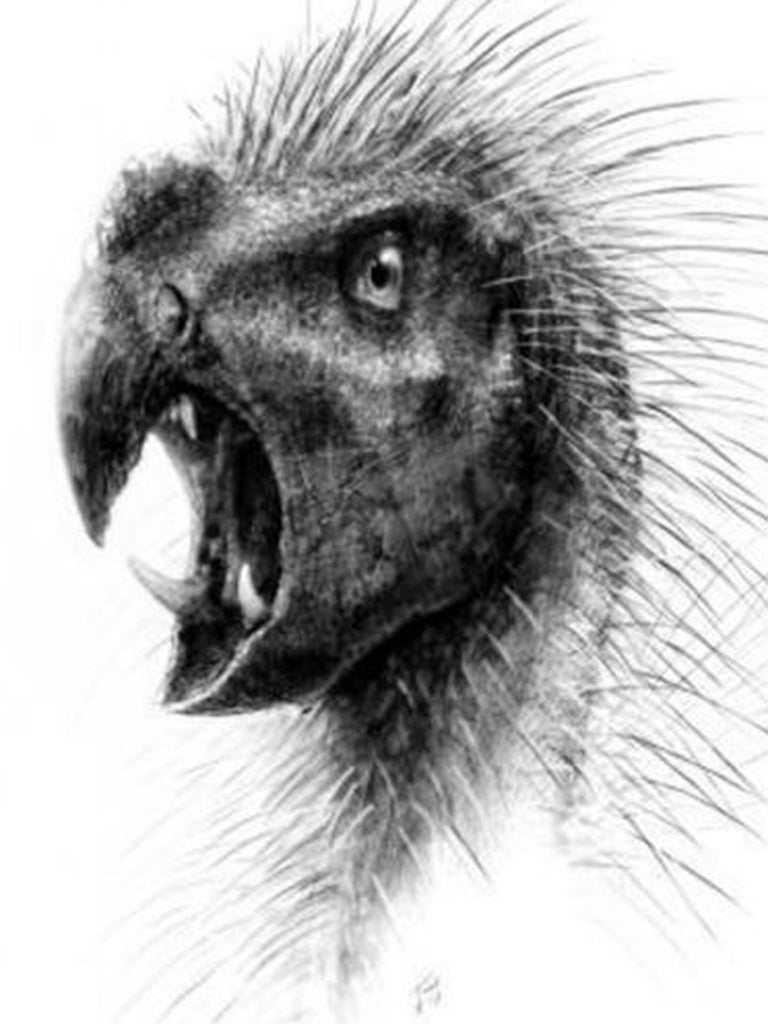Revealed: What happens if you cross a parrot, a vampire bat and a porcupine? You get a weird dinosaur

Your support helps us to tell the story
From reproductive rights to climate change to Big Tech, The Independent is on the ground when the story is developing. Whether it's investigating the financials of Elon Musk's pro-Trump PAC or producing our latest documentary, 'The A Word', which shines a light on the American women fighting for reproductive rights, we know how important it is to parse out the facts from the messaging.
At such a critical moment in US history, we need reporters on the ground. Your donation allows us to keep sending journalists to speak to both sides of the story.
The Independent is trusted by Americans across the entire political spectrum. And unlike many other quality news outlets, we choose not to lock Americans out of our reporting and analysis with paywalls. We believe quality journalism should be available to everyone, paid for by those who can afford it.
Your support makes all the difference.A newly described dinosaur resembled a weird combination of parrot, vampire bat and porcupine.
Pegomastax africanus, which measured less than two feet, lived in southern Africa some 200 million years ago.
Despite having a parrot-like beak and eating plants, it also sported vampire-like pairs of sharp-edged fangs.
Scientists believe the enlarged canines may have been used for self defence and competitive sparring.
Most of the dinosaur's body was covered in sharp bristles, or quills.
Professor Paul Sereno, from the University of Chicago in the US, said it would have looked like a "nimble two-legged porcupine."
A single fossil specimen of the species was originally extracted from red rock in the 1960s.
Later it was "discovered" in a collection of fossils at Harvard University in the US.
Details of the creature's anatomy and lifestyle were published today in the online journal ZooKeys.
Scientists said the dinosaur's parrot-shaped skull, which was less than three inches long, may have been adapted to plucking fruit.
"It's very rare that a plant-eater like Pegomastax would sport sharp-edged enlarged canines," said Prof Sereno, who led the team studying the dinosaur.
Pegomastax belonged to a family called heterodonosaurs, which included Tianyulong, another bristle-covered dinosaur from China.
Branches of the same family tree later led to famous plant-eaters such as the horned Triceratops and Stegosaurus.
Although the early herbivores are virtually unknown to the public, Prof Sereno said: "Pegomastax and kin were the most advanced plant-eaters of their day."
PA
Join our commenting forum
Join thought-provoking conversations, follow other Independent readers and see their replies
Comments